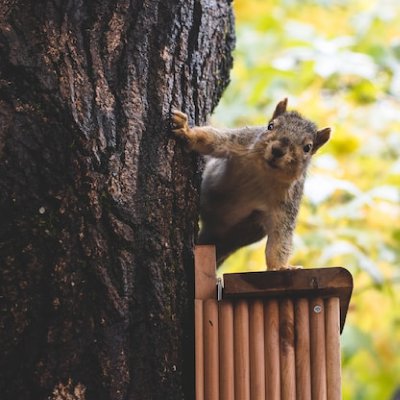antera
- Ejemplos
Los ápices carpelares aparecen después, entre la antera y el labelo. | The carpelar apices appear last between the anther and the labellum. |
Números que faltan 4 es antera juego de objetos ocultos en esta serie. | Missing Numbers 4 is anther hidden object game in this series. |
En su parte terminal se encuentra una antera con dos sacos polínicos. | In its one end there is an anther with two pollen sacs. |
Nueva antera giratoria de metal de los controladores USB ---- JS010. | New anther swivel metal usb drivers—--JS010. |
Consisten en un tallo llamado filamento y una antera que produce el polen.) | They consist of a stalk called a filament and an anther that produces the pollen.) |
La polinización es a menudo definida como la transferencia de polen de la antera al estigma. | Pollination Pollination is often defined as transfer of pollen from anther to stigma. |
Hoy fue antera buen día de Bass Fishing Florida, se puede llegar a sacar Phillip de Suiza. | Today was anther good day of Bass Fishing Florida, it was may turn to take out Phillip from Switzerland. |
Afortunadamente, hay una fórmula que puede numerar rápidamente una columna basada en los valores de la columna de antera en Excel. | Fortunately, there is a formula can quickly number a column based on values of anther column in Excel. |
El filamento es la parte estéril de la estambre que soporta la antera y es por lo general forma filamentosa. | The filament is the sterile part of the stamen that supports the anther and is usually of a filamentous shape. |
La auto-polinización se produce cuando el polen va directamente desde la antera de la flor al estigma de la misma flor. | The self-pollinated occurs when the pollen goes directly from the anther of the flower to the stigma of the same flower. |
En el segundo caso, pueden necesitar o no necesitar un agente que transporte el polen desde la antera al estigma. | In the second case, they may need or may not need an agent to carry the pollen from the anther to stigma of the same flower. |
La antera es una porción terminal ampliada de los estambres en los que se produce el polen, que generalmente se divide en dos loculi. | The anther is an enlarged, terminal portion of the stamens in which pollen is produced, which is usually divided into two loculi. |
Sin embargo, cada uno de nosotros tiene su propia manera de entender, nuestra propia metáfora de energía personal, que podemos aprender de una antera. | However, we each have our own personal way of understanding, our own personal energy metaphor, we can learn from one anther. |
Cada antera se compone de dos partes simétricas, que son los casos, unidos por un tejido parenquimatoso (conectivo) en el que se ejecuta un haz vascular. | Each anther is made up of two symmetrical parts, which are the cases, joined by a parenchymal (connective) tissue in which a vascular bundle runs. |
Éstas, pequeñas y tubulares, están reunidas en inflorescencias, y tienen un perianto formado por cuatro segmentos (a veces unidos) que tienen, cada uno, una antera. | These ones, small and tubular, are united in inflorescences, and have a perianth formed by four segments (sometimes blended), which carry, each one, an anther. |
La estructura base de cada flor, bien visible en la Lambertia, es tubular, con el perianto formado por cuatro segmentos que posee, cada uno, una antera. | The basis structure of the single flowers, well evident in the Lambertia, is tubular, with the perianth formed of four segments, which carry, each one, an anther. |
Después de la maduración de los granos de polen, se produce la llamada dehiscencia, que es la abertura de la antera desde donde se liberará el polen. | After the maturation of the pollen grains the so-called dehiscence is produced, that is the opening of the anther from which the pollen will be released. |
Una sección de la antera perpendicularmente a lo largo de su eje muestra que cada una de ellas contiene una o dos bolsas de polen que se extienden a lo largo de toda la longitud. | A section of the anther perpendicularly along its axis shows that each of them contains one or two pollen sacks that extend along the entire length. |
Los estambres y estilos están fusionados: forman una estructura generalmente alargada, denominada columna, en cuyo extremo distal se ubica las estructuras masculinas y femeninas (la antera y el estigma). | The stamen and the styles are fused, forming a structure usually elongated called the column, where at the extreme end both male and female parts are found (the anther and the stigma respectively). |
La geitonogamia es el tipo de polinización que se produce cuando el polen de una flor antera se transporta al estigma de otra flor de la misma planta, que por lo tanto se llama autofértil. | Geitonogamy is the type of pollination that occurs when the pollen of a flower anther is transported to the stigma of another flower of the same plant, which is therefore called self-fertile. |















